Starting a business comes with a lot of decisions. Aside from picking what products to sell and how to market them, one of the biggest questions is: Which business model should you choose?
There’s no single answer to that, it really depends on what you’re selling, who your customers are, and how much you’re willing to spend. Each model has its own benefits and challenges, so it’s all about picking the one that makes the most sense for you.
In this blog, we’ll break down the different type of ecommerce business models. Once you know how each one works, you’ll be in a better spot to figure out what’s best for your business.
What is a Business Model?
A business model explains how a company makes money while providing value to its customers. It includes things like what you’re offering, how much you’ll charge, and who your customers are. To build a strong model, you need to clearly define your products or services and plan for future costs, making sure your business can grow and stay sustainable over time.
Why Are There So Many Types of Ecommerce Models?
There are three main types of ecommerce models you’ll usually come across: business-to-business (B2B), business-to-consumer (B2C), and consumer-to-consumer (C2C). These make up most of the online businesses today.
Other models, like direct-to-consumer (D2C), also serve more specific needs.
Each model has its own pros and cons, so it’s important to think carefully about which one fits your business best.
When choosing the right ecommerce model, you’ll need to consider things like costs, accessibility, customer service, delivery options, payment methods, and how easily your business can grow. By taking all of these into account, you’ll be able to pick the model that not only maximizes profits but also gives customers a great experience that keeps them coming back.
Top 9 Types of Ecommerce Business Models for Businesses
We’ve made choosing the right ecommerce business model easier by breaking it down into three simple categories: Traditional Ecommerce Models, Emerging Ecommerce Models, and Hybrid Ecommerce Models. Each category covers three types, giving you 9 ecommerce business models to consider.
1. Business-to-Consumer (B2C) Model
2. Business-to-Business (B2B) Model
3. Consumer-to-Consumer (C2C) Model
4. Subscription-based Model
5. Dropshipping Model
6. Peer-to-Peer (P2P) Model
7. Marketplace Model
8. Platform as a Service (PaaS) Model
9. Direct-to-Consumer (D2C) Model
This makes it easier to find the one that best fits your business goals and helps you grow in the right direction.
Traditional Ecommerce Business Models
The world of ecommerce includes several business models that have played a big role in shaping the industry. In this section, we’ll take a closer look at three traditional models: Business-to-Consumer (B2C), Business-to-Business (B2B), and Consumer-to-Consumer (C2C). Understanding these models will give you a strong grasp of how ecommerce works. Let’s dive into each one in detail.
1. Business-to-Consumer (B2C) Model

In a B2C model, businesses sell directly to individual customers, who either use the product themselves or buy it as a gift. These businesses usually buy products in bulk from suppliers and resell them for a profit.
While this model allows for lower costs and useful customer data, the market is competitive. To succeed, you’ll need to differentiate your business and understand your target customers well.
Key Features and Characteristics
- Emphasis on providing a seamless shopping experience to consumers.
- Targeting a wide consumer base by offering diverse product ranges.
- Building brand loyalty and establishing customer relationships through personalized experiences.
Successful Examples
- Amazon: Amazon is the largest online marketplace that offers individual customers a vast selection of products.
- Walmart: A retail giant that expanded its operations to the online sphere, catering to consumer needs through its ecommerce platform.
2. Business-to-Business (B2B) Model
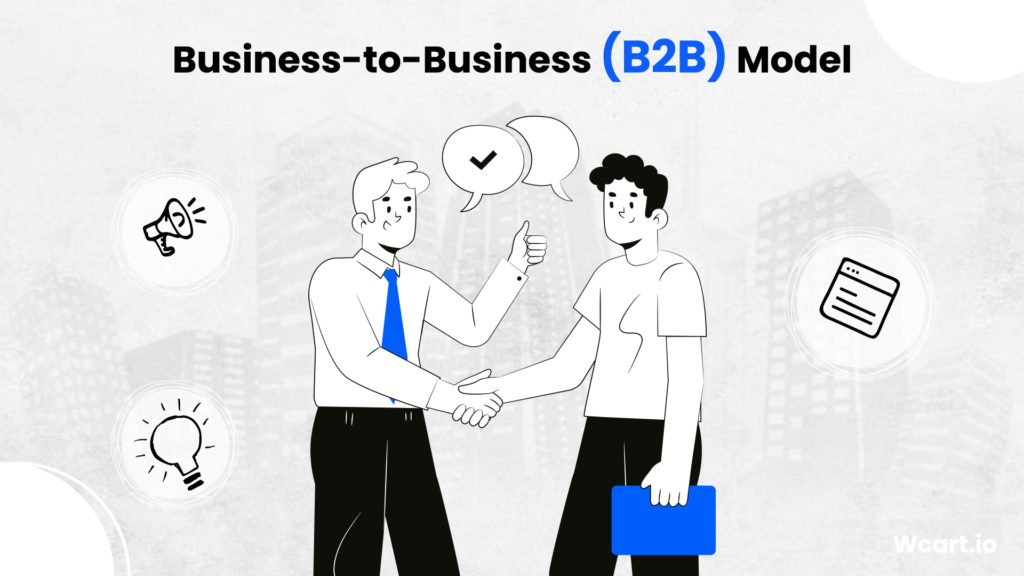
B2B (business-to-business) means any buying or selling that happens between two businesses. Wholesale deals are a good example of this. A business can offer B2B services either online or in a physical store.
It’s also common for companies to sell to both individual customers (B2C) and other businesses (B2B). For example, a coffee brand might sell bags of coffee to people on its website (B2C) and also sell large quantities to coffee shops (B2B).
Key Features and Characteristics
- Focused on meeting the specific requirements of businesses, such as bulk orders or specialized products.
- Emphasizes efficiency, cost-effectiveness, and streamlined processes.
- This may involve negotiation and customized pricing based on the volume of orders.
Successful Examples
- Shopify: The leading B2B marketplace connects businesses globally, allowing them to source products and establish trade relationships.
- Salesforce: This customer relationship management (CRM) platform provides B2B businesses with tools for sales, marketing, and customer service.
3. Consumer-to-Consumer (C2C) Model

The consumer-to-consumer (C2C) or peer-to-peer model is when one person sells something directly to another person. For example, selling a used laptop on Facebook Marketplace is a C2C sale.
Many people start by selling on these kinds of platforms, and later create their own online store to grow their brand and make more money.
Key Features and Characteristics
- Provides a platform for individuals to engage in peer-to-peer selling, such as through online marketplaces or classified platforms.
- Promotes a sense of community and trust among users.
- Allows individuals to monetize their unused or pre-owned items.
Successful Examples
- eBay: An online marketplace where individuals can sell a wide range of products to other consumers.
- Airbnb: A platform that enables individuals to rent out their properties or spare rooms to fellow travelers.
By learning about these common ecommerce business models, you’ll get a better idea of how online businesses work and how they connect with both customers and other companies.
Emerging Ecommerce Business Models
Ecommerce is always changing, and new business ideas are popping up to match what customers want and what the market needs. These new models bring different ways to sell online and open up cool opportunities for people starting businesses. Here are three of the main new business models to know about:
1. Subscription-based Model

Subscription-based models let customers sign up to get products or services regularly. This gives businesses steady income. You see this a lot in software (like apps), entertainment (like Netflix), and things you get at home, such as meal kits or grooming products.
Key Features and Characteristics
- Focus on customer retention and building long-term relationships.
- Personalized product curation and tailored recommendations based on customer preferences.
- Convenient and hassle-free shopping experience with automated recurring payments.
Successful Examples
- Dollar Shave Club: This subscription-based service delivers shaving products directly to customers’ doorsteps on a regular basis, simplifying their grooming routine.
- BarkBox: Catering to pet owners, BarkBox offers monthly subscriptions that deliver curated boxes of toys, treats, and accessories for dogs.
2. Dropshipping Model
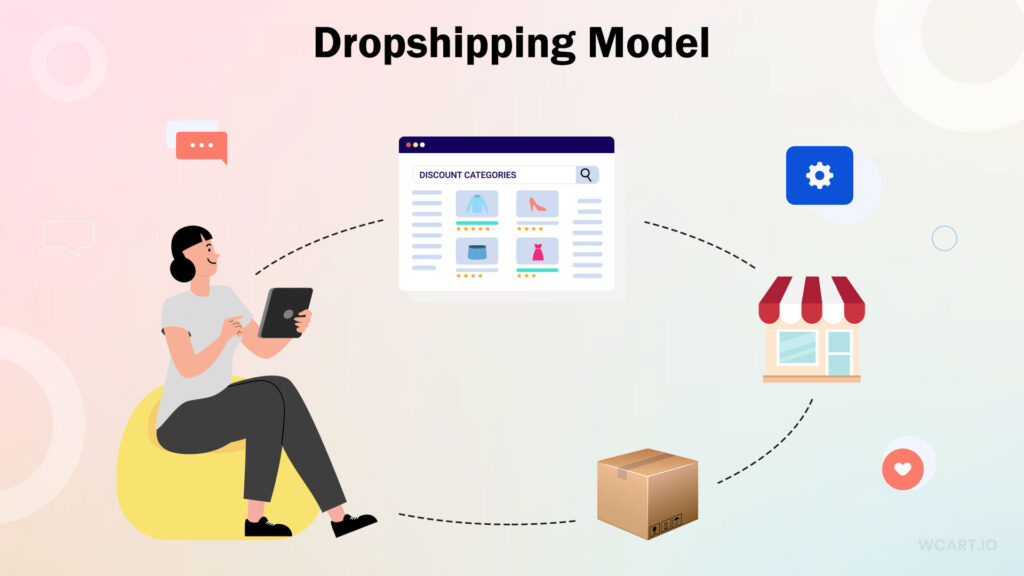
Dropshipping is popular with people who want to start a business without spending a lot of money upfront and don’t mind smaller profits. It’s a good option for those who don’t want to keep or handle inventory.
With dropshipping, you sell products directly to customers (B2C), but you also work with suppliers who send the products for you, which is a business-to-business (B2B) deal.
Key Features and Characteristics
- Low upfront costs and reduced inventory risk.
- Wide product selection without the need for manufacturing or warehousing.
- Focus on marketing, customer service, and building a strong brand presence.
Successful Examples
- Oberlo: A platform that integrates with popular ecommerce platforms like Shopify, Oberlo enables entrepreneurs to easily find and import products from suppliers worldwide.
- Spocket: Specializing in sourcing products from reliable suppliers in the United States and Europe, Spocket simplifies the drop shipping process for e-commerce businesses.
3. Peer-to-Peer (P2P) Model
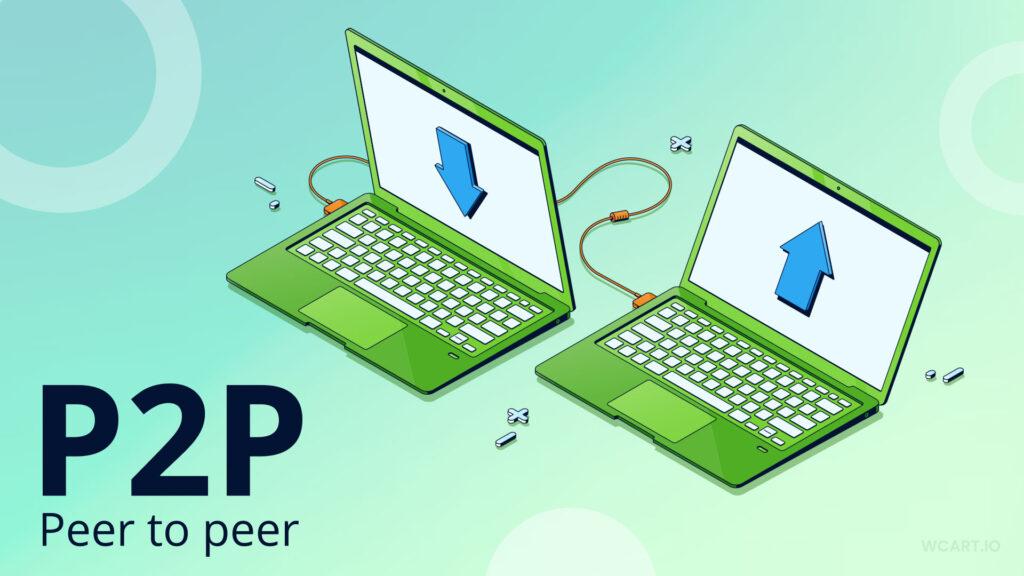
The Peer-to-Peer (P2P) model is all about people helping each other out by sharing things or services directly.
Instead of going through a company or middleman, individuals can buy, sell, or rent stuff straight from one another using an online platform. It’s a simple way to connect people directly, cutting out the extra steps.
Key Features and Characteristics
- People connect and trade directly with each other, removing middlemen and simplifying buying, selling, or renting processes.
- Websites or apps act as meeting places where users can easily find and transact with one another securely and quickly.
- Individuals share their goods, skills, or space, making efficient use of resources and benefiting both providers and users.
Successful Examples
- Airbnb: A leading P2P platform that allows individuals to rent out their homes or spare rooms to travelers, offering unique and personalized accommodations.
- Uber: Through its app-based platform, Uber connects riders with drivers, enabling individuals to provide transportation services.
Understanding these emerging ecommerce business models can help you discover new opportunities for your online business. It lets you adapt to changing customer preferences and stay competitive by offering products or services that better meet what customers want today.
Hybrid Ecommerce Business Models
Hybrid ecommerce business models mix the best parts of both traditional and emerging models for online selling. They use different strategies together to build creative and successful businesses. Let’s take a look at three popular types of hybrid ecommerce models.
1. Marketplace Model
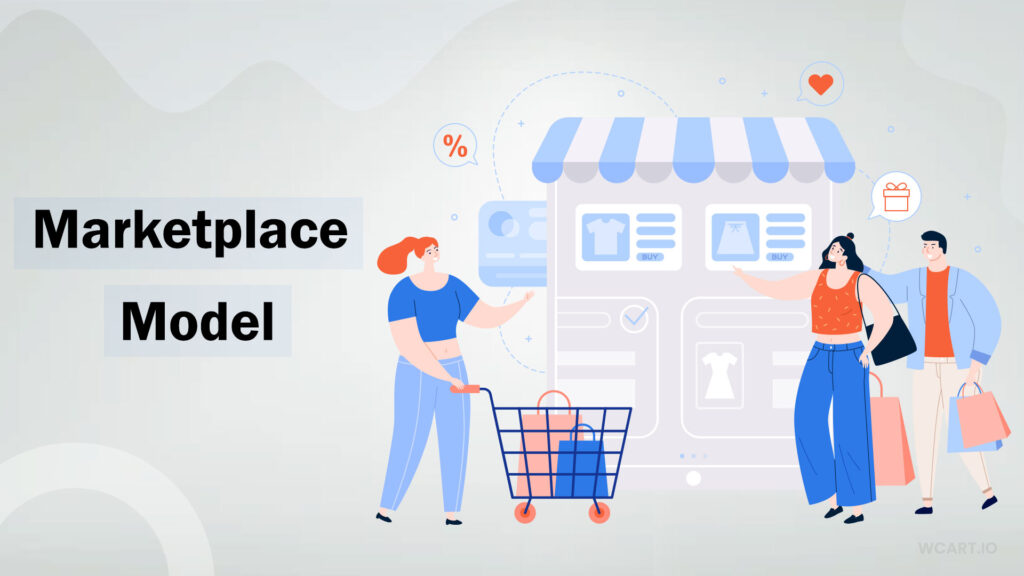
A marketplace business model brings buyers and sellers together on one website or app. It acts as a middleman instead of selling products directly. Popular examples are Amazon, Etsy, and Airbnb.
Marketplaces can work in many different areas and can handle sales between businesses and customers, between businesses, or even between regular people, like on Craigslist or Poshmark.
Key Features and Characteristics
- Connects multiple buyers and sellers on one platform, enabling easy product or service exchange without holding inventory.
- Acts as an intermediary, facilitating transactions, payments, and communication between users while earning commission or fees.
- Supports various transaction types, including business-to-consumer, business-to-business, and peer-to-peer exchanges across many industries.
Successful Examples
- Amazon: The ecommerce giant operates as a hybrid marketplace, allowing third-party sellers to list their products alongside its own offerings.
- Etsy: Focused on handmade and vintage items, Etsy brings together artisans and buyers on its platform, fostering a community of creative entrepreneurs.
2. Platform as a Service (PaaS) Model
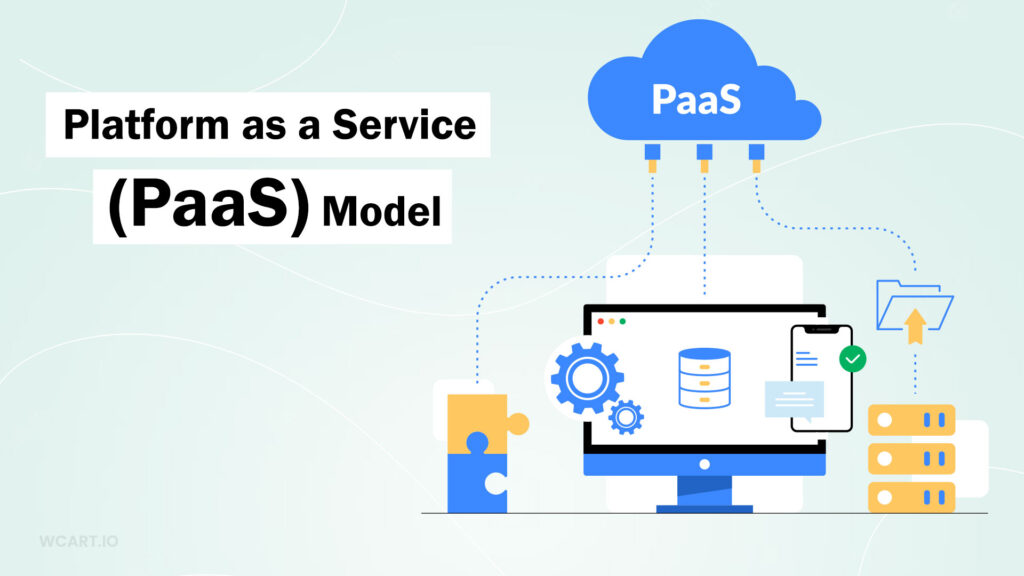
PaaS (Platform as a Service) gives you both customization and managed support. You can adjust the platform to fit your needs while the provider handles the technical maintenance. However, it usually costs more and takes longer to set up because of the custom work involved.
PaaS is great for businesses that need to connect different systems like CRM, ERP, and marketing tools. If you want a platform that easily links multiple tools, PaaS is a good option.
Key Features and Characteristics
- Simplified setup and management process, allowing businesses to focus on product development and marketing.
- Customization options to align the platform with the brand’s identity and requirements.
- Scalable infrastructure to accommodate business growth and increased traffic.
Successful Examples
- Heroku: Heroku is a PaaS platform that helps developers easily deploy, manage, and scale web apps using various languages.
- Google App Engine: Google App Engine offers a fully managed environment with auto-scaling, multi-language support, and built-in security for easy app deployment.
3. Direct-to-Consumer (D2C) Model
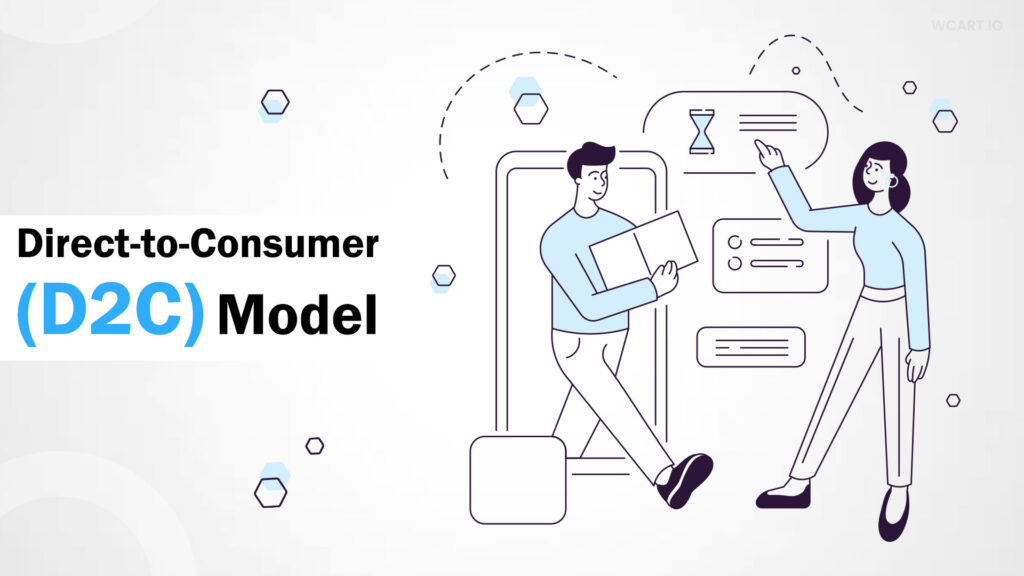
Direct-to-Consumer (D2C) means a brand sells its products directly to people, without involving stores, middlemen, or third-party sellers. So instead of buying something from a retailer like Amazon or a local shop, you buy it straight from the brand, usually on their website or app.
This setup lets the brand handle everything from pricing to customer support, and it helps them build a stronger relationship with their customers. It’s also easier for them to hear what customers think and make improvements based on that feedback.
Key Features and Characteristics
- Enhanced brand-consumer interaction and engagement through direct communication channels.
- Data-driven insights and analytics for personalized marketing and product development.
- Emphasis on building a loyal customer base and brand advocacy.
Successful Examples
- Warby Parker: The eyewear brand disrupted the industry by selling its own designed glasses directly to consumers, offering affordable prices and a try-at-home program.
- Glossier: With a strong focus on skincare and beauty products, Glossier built a cult following by engaging directly with customers through social media and its online platform.
By exploring these hybrid ecommerce business models, you can discover innovative approaches to online commerce and tailor your strategies to meet the evolving needs of your target audience.
Factors to Consider When Choosing a Business Model

When selecting an ecommerce business model, several factors should be taken into consideration to ensure the right fit for your venture. These factors play a crucial role in determining the success and sustainability of your online business. Here are some key considerations:
1. Target Market and Customer Segments
- Understand your target market and identify the customer segments you intend to serve.
- Analyze their preferences, needs, and purchasing behaviors to align your business model accordingly.
- Choose a model that resonates with your target audience and provides them with a compelling value proposition.
2. Product or Service Offering
- Evaluate the nature of your products or services and their uniqueness in the market.
- Determine whether your offering is better suited for direct sales, partnerships, subscriptions, or other models.
- Consider the scalability and profitability of your product or service within the chosen business model.
3. Competitive Landscape
- Assess the competition within your industry and understand the existing business models they employ.
- Identify gaps or opportunities that can be leveraged through a unique or hybrid business model.
- Differentiate your business by offering a compelling value proposition or improving upon existing models.
4. Operational Considerations
- Evaluate your operational capabilities, resources, and infrastructure to support the chosen business model.
- Consider factors such as inventory management, order fulfillment, shipping logistics, and customer support.
- Ensure that your chosen model aligns with your operational strengths and minimizes operational complexities.
5. Revenue Generation and Profitability
- Analyze the revenue streams associated with each business model and their potential for profitability.
- Consider factors such as pricing, margins, recurring revenue opportunities, and cost structures.
- Choose a model that offers sustainable revenue generation and aligns with your long-term profitability goals.
6. Risk and Scalability
- Assess the risks and challenges associated with each business model, including market volatility and regulatory factors.
- Evaluate the scalability potential of the model and its ability to accommodate future growth.
- Choose a model that balances risk mitigation with growth opportunities to ensure long-term success.
7. Branding and Marketing Strategy
- Consider how each business model aligns with your branding and marketing strategy.
- Evaluate the model’s compatibility with your desired brand image, customer acquisition channels, and marketing efforts.
- Choose a model that allows you to effectively communicate your brand’s value proposition to your target audience.
By carefully considering these factors, you can make an informed decision when choosing an ecommerce business model that aligns with your goals, target audience, and operational capabilities. Remember that flexibility and adaptation may be necessary as your business evolves and market dynamics change.
Conclusion
If you’re starting an online business, one of the first things to figure out is how you’re actually going to run it. It’s not just about what you’re selling, it’s about how you plan to sell it, who you’re selling to, and how you’ll make money from it. Getting that part right can make a big difference.
Different models work better for different goals, and each one has its own pros and cons. Whether you’re thinking about dropshipping, subscriptions, B2C, or something else, take the time to choose what really fits your business.
A well-chosen business model is key, it can provide the structure and direction you need to scale efficiently and sustainably. The right setup now can make a big difference down the road.
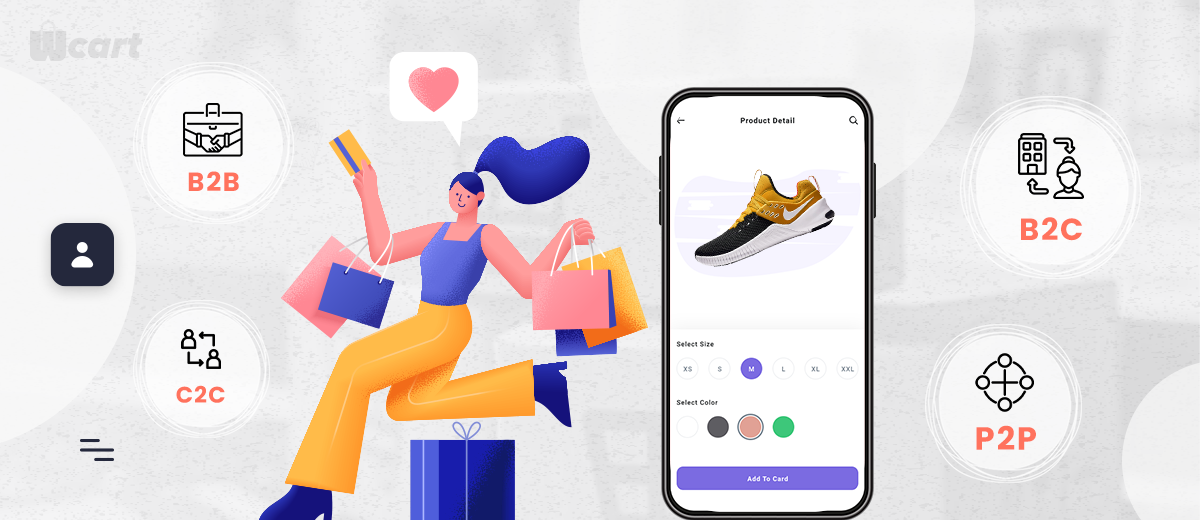



Leave a Reply